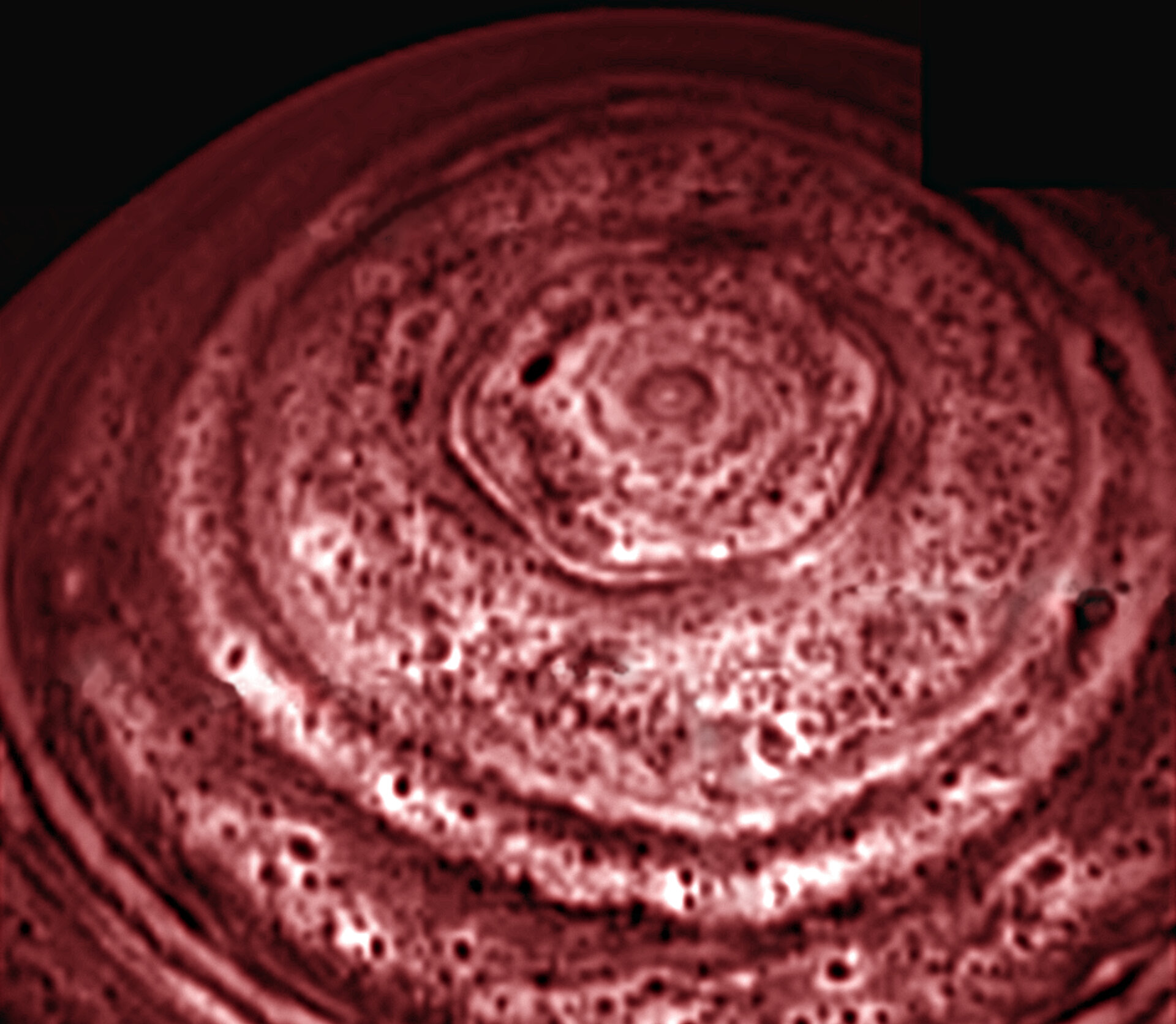Accept all cookies Accept only essential cookies See our Cookie Notice

About ESA
The European Space Agency (ESA) is Europe’s gateway to space. Its mission is to shape the development of Europe’s space capability and ensure that investment in space continues to deliver benefits to the citizens of Europe and the world.
Highlights
ESA - United space in Europe
This is ESA ESA facts Member States & Cooperating States Funding Director General Top management For Member State Delegations European vision European Space Policy ESA & EU Space Councils Responsibility & Sustainability Annual Report Calendar of meetings Corporate newsEstablishments & sites
ESA Headquarters ESA ESTEC ESA ESOC ESA ESRIN ESA EAC ESA ESAC Europe's Spaceport ESA ESEC ESA ECSAT Brussels Office Washington OfficeWorking with ESA
Business with ESA ESA Commercialisation Gateway Law at ESA Careers Cyber resilience at ESA IT at ESA Newsroom Partnerships Merchandising Licence Education Open Space Innovation Platform Integrity and Reporting Administrative Tribunal Health and SafetyMore about ESA
History ESA Historical Archives Exhibitions Publications Art & Culture ESA Merchandise Kids Diversity ESA Brand Centre ESA ChampionsLatest
Space in Member States
Find out more about space activities in our 23 Member States, and understand how ESA works together with their national agencies, institutions and organisations.
Science & Exploration
Exploring our Solar System and unlocking the secrets of the Universe
Go to topicAstronauts
Missions
Juice Euclid Webb Solar Orbiter BepiColombo Gaia ExoMars Cheops Exoplanet missions More missionsActivities
International Space Station Orion service module Gateway Concordia Caves & Pangaea BenefitsLatest
Space Safety
Protecting life and infrastructure on Earth and in orbit
Go to topicAsteroids
Asteroids and Planetary Defence Asteroid danger explained Flyeye telescope: asteroid detection Hera mission: asteroid deflection Near-Earth Object Coordination CentreSpace junk
About space debris Space debris by the numbers Space Environment Report In space refuelling, refurbishing and removingSafety from space
Clean Space ecodesign Zero Debris Technologies Space for Earth Supporting Sustainable DevelopmentLatest
Applications
Using space to benefit citizens and meet future challenges on Earth
Go to topicObserving the Earth
Observing the Earth Future EO Copernicus Meteorology Space for our climate Satellite missionsCommercialisation
ESA Commercialisation Gateway Open Space Innovation Platform Business Incubation ESA Space SolutionsLatest
Enabling & Support
Making space accessible and developing the technologies for the future
Go to topicBuilding missions
Space Engineering and Technology Test centre Laboratories Concurrent Design Facility Preparing for the future Shaping the Future Discovery and Preparation Advanced Concepts TeamSpace transportation
Space Transportation Ariane Vega Space Rider Future space transportation Boost! Europe's Spaceport Launches from Europe's Spaceport from 2012Latest

Saturn’s active north pole
Thank you for liking
You have already liked this page, you can only like it once!
This image was acquired by Cassini's VIMS instrument on 29 October 2006, from an average distance of 902 000 kilometres above the cloud tops of Saturn, and shows a 'hexagon-like' atmospheric vortex.
This bizarre six-sided feature encircle the north pole of Saturn near 78 degrees north latitude. This image is one of the first clear images ever taken of the north polar region as seen from a unique polar perspective.
Originally discovered and last observed by a spacecraft during NASA’s Voyager flybys of the early 1980’s, the new views of this polar hexagon taken in late 2006 prove that this is an unusually long-lived feature on Saturn.
This image is the first to capture the entire feature and north polar region in one shot, and is also the first polar view using Saturn’s thermal glow at 5 microns (seven times the wavelength visible to the human eye) as the light source. This allows the pole to be revealed during the night-time conditions presently underway during north polar winter. Previous images from Voyager and from ground-based telescopes suffered from poor viewing perspectives, which placed the feature and the north pole at the extreme northern limb (edge) of the planet.
To see the deep atmosphere at night, the infrared instrument images the thermal glow radiating from Saturn’s depths. Clouds at depths about 75 kilometres lower than the clouds seen at visible wavelengths block this light, appearing dark in silhouette.
To show clouds as features that are bright or white rather than dark, the original image has been contrast reversed to produce the image shown here. The nested set of alternating white and dark hexagons indicates that the hexagonal complex extends deep into the atmosphere, at least down to the 3-Earth-atmosphere pressure level, some 75 kilometres underneath the clouds seen by Voyager.
Multiple images acquired over a 12-day period between 30 October and 11 November 2006, show that the feature is nearly stationary, and likely is an unusually strong pole-encircling planetary wave that extends deep into the atmosphere.
-
CREDIT
NASA/JPL/University of Arizona -
LICENCE
ESA Standard Licence

Saturn’s north pole hexagon and aurora

Saturn’s strange hexagon

Colour-coded view of hurricane

Saturn’s north-pole hurricane















 Germany
Germany
 Austria
Austria
 Belgium
Belgium
 Denmark
Denmark
 Spain
Spain
 Estonia
Estonia
 Finland
Finland
 France
France
 Greece
Greece
 Hungary
Hungary
 Ireland
Ireland
 Italy
Italy
 Luxembourg
Luxembourg
 Norway
Norway
 The Netherlands
The Netherlands
 Poland
Poland
 Portugal
Portugal
 Czechia
Czechia
 Romania
Romania
 United Kingdom
United Kingdom
 Slovenia
Slovenia
 Sweden
Sweden
 Switzerland
Switzerland
























